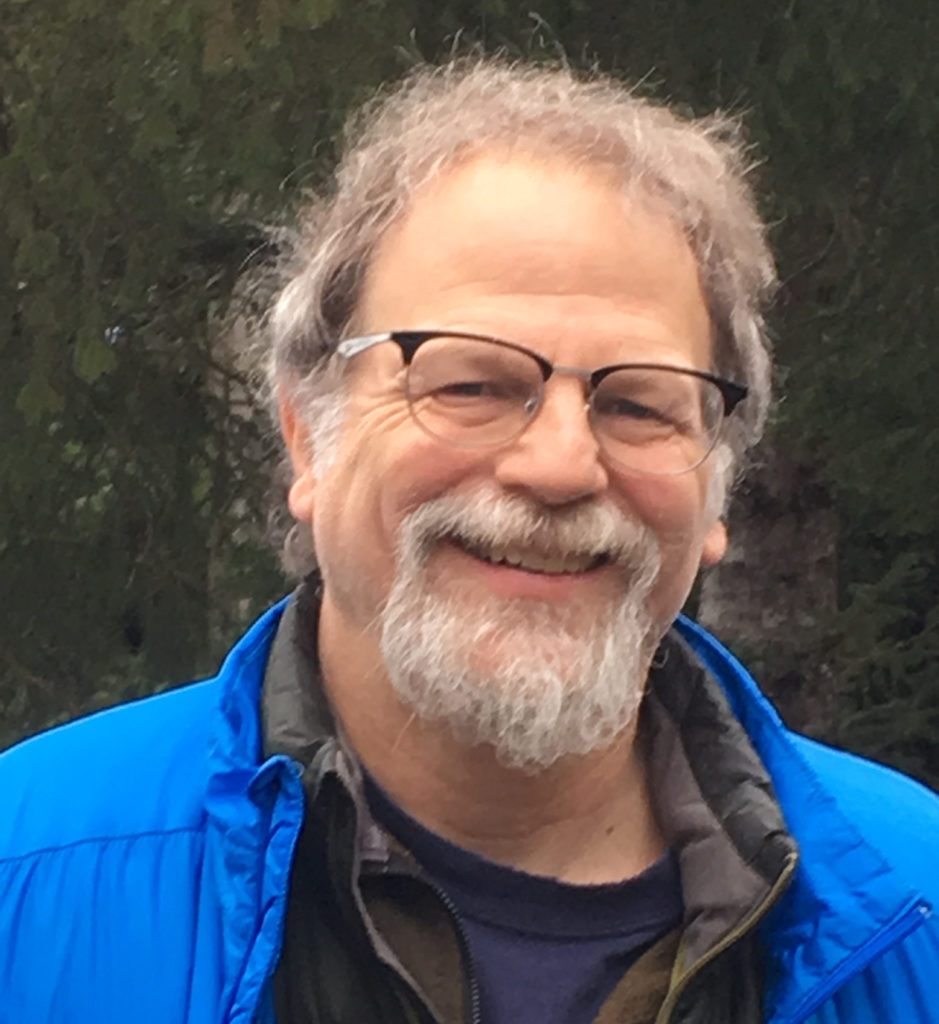
A Scientist's Perspective
A Scientist's Perspective
A Scientist's Perspective
“We Are All in This Together”
Herd Immunity & Flattening the Curve
There are two ways for the current pandemic to end, and both depend on having a critical proportion of the world’s population being immune to the virus. Under the first scenario we develop a vaccine and a sufficient number of people are vaccinated against the virus. The other way is that a sufficient number of people develop immunity after contracting the illness. We are unlikely to develop a usable vaccine in the very near future so, for now, we have to depend the latter way to end the pandemic.
When a sufficient number of people become immune transmission of the virus ends and the population is said to have developed “herd immunity”. The term derives from studies conducted about a hundred years ago involving disease transmission in mice. Modern epidemiologists believe herd immunity is complete when around 90% of the population is immune to the disease. At a lower percentage the effect of herd immunity is to reduce the number of infections. The percentage of the population at which the number of infections starts decreasing depends on how contagious the virus is. Epidemiologists use a number when referring to the degree of contagiousness is called R0, which also called the “reproduction number”. It represents the average number of people infected by a person carrying the virus. So, if people with a virus typically infect another 2 people then the virus has an R0 equal to 2.0. Imagine there a 1,000 infected people in the population, soon another 2,000 will be infected and they will infect another 4,000, and so on. Now, if 50% of the people are immune, then the 1,000 people will only infect another 1,000 and they, in turn, will infect another 1,000, and so forth. This percentage of people with immunity is called the “critical immunity level”. It is the point at which the number of infected people can’t increase. As the percentage of immune people increases beyond the critical immunity level the number of infections will start falling until herd immunity is complete. The COVID-19 virus has an R0 somewhere between 2 and 3, which means that herd immunity will start to develop once 50% to 66% are immune.
This is the basic model for herd immunity and it makes a number of simplifying assumptions. The model assumes that populations mix randomly and transmit the disease randomly and that R0 is constant. The models used by epidemiologists are much more sophisticated, but the the basic concepts outlined above are at their core. One important observation they have made is that we can reduce R0 by social distancing. The value of these ideas has been demonstrated in the US by our virtual eradication of polio and smallpox through vaccination programs.
Unfortunately, there is no vaccine for COVID-19 and this will have significant consequences. There are around 328 M people in the US and on April 24 the Johns Hopkins Coronavirus Resource Center reported around 900,000 known cases of COVID-19. Assuming no mortality and that exposure results in immunity that means less than 1% of the US population that may have immunity. Even if testing has identified only a small percentage of the actual cases it is clear we have a long way to go before herd immunity starts helping. The time it takes us to get to that critical immunity level is a function of how many people we contact each day. If we didn’t do anything then we would get to that point very quickly; think of New York. The point of social distancing is to reduce the R0 for the virus, so that the spread is slowed down. A large number of us are still going to get the disease, but we want that to happen over a long time period so we don’t overwhelm the health care system. This is what is meant by “flattening the curve”. It won’t necessarily reduce the ultimate number of infections, but it will increase the number of people that can survive this scourge by ensuring the health care system can absorb them.

This article was authored by our Research Director, Ron Heintz, and is informed by his curiosity about the pandemic and more than 30 years of experience as a research scientists working in population biology, toxicology and nutrition. He is neither an epidemiologist, virologist, pathologist, nor a physician. The purpose of the article is to provide some detailed information about the science underlying issues developing out of the COVID-19 pandemic.
